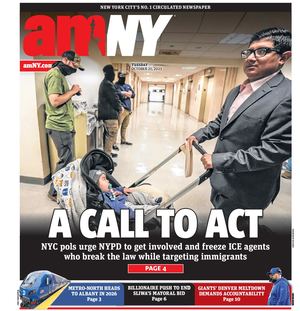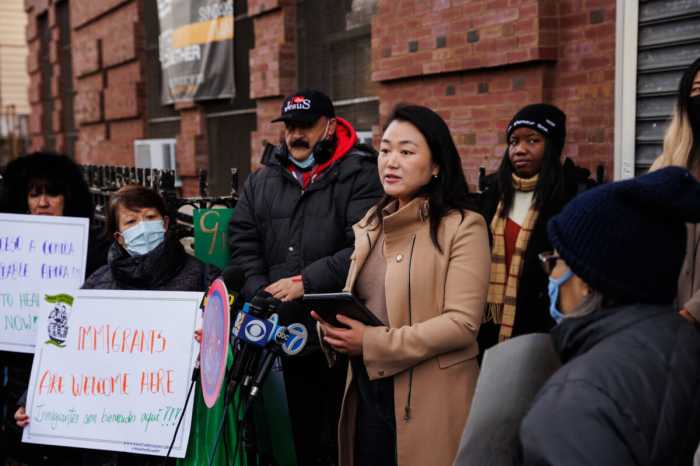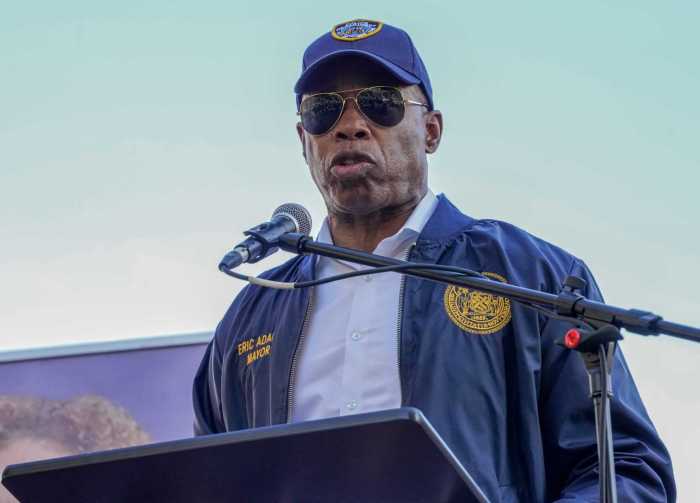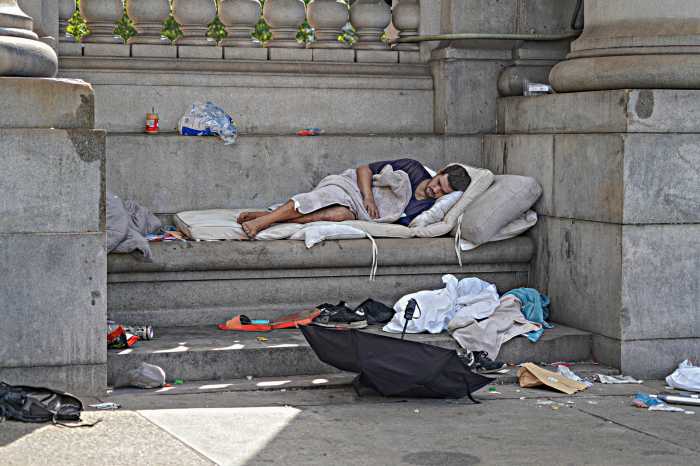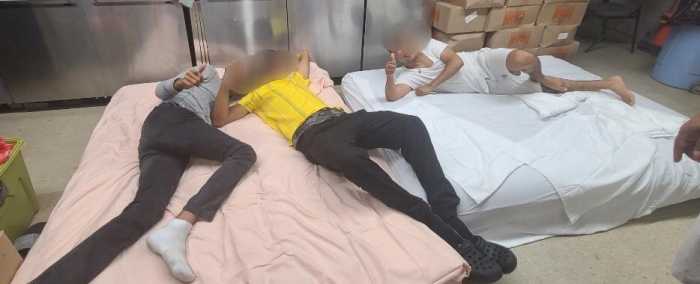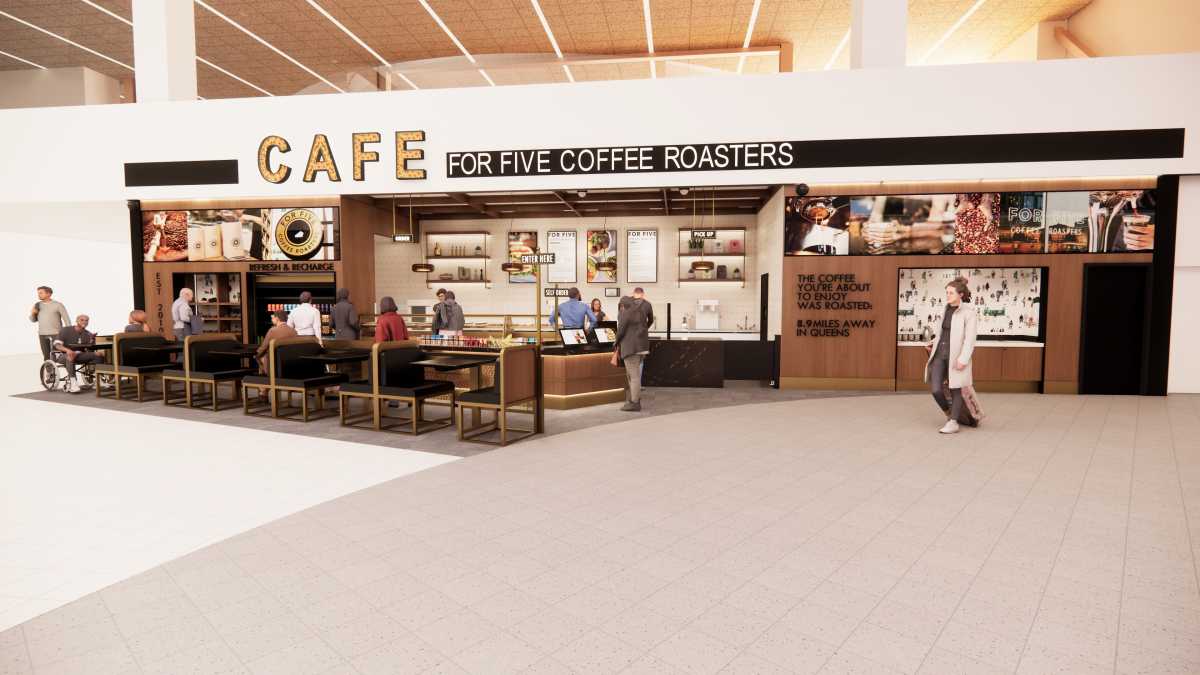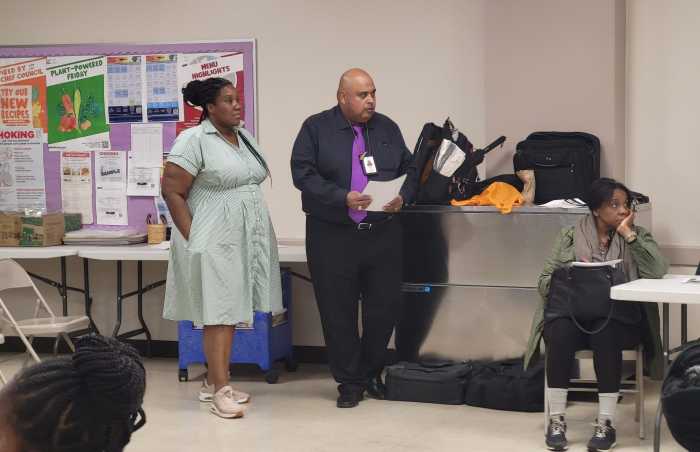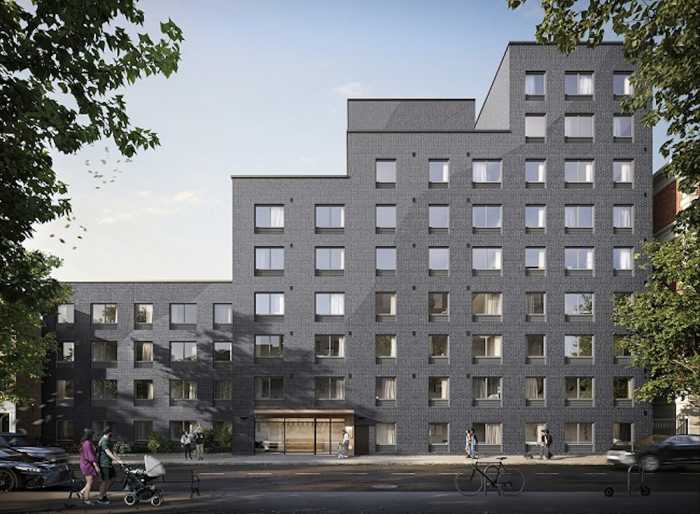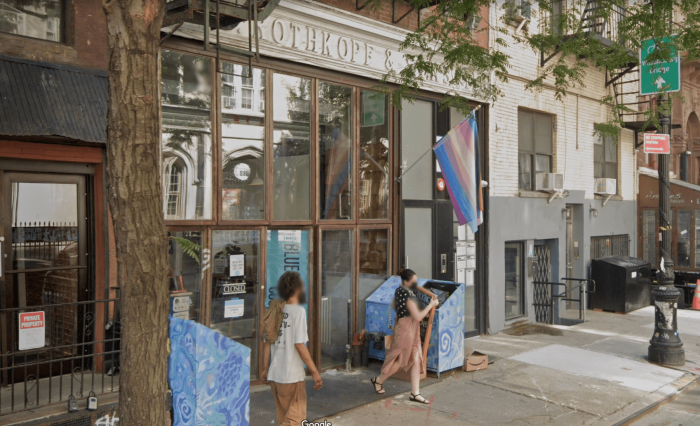In the latest hearing on the migrant crisis in New York, City Council members raised questions on Friday about food cost disparities between the 92 emergency shelters the city’s Department of Homeless Services (DHS) has put online to house tens of thousands of newcomers who’ve arrived here in the past year and the seven relief centers the city also erected to handle the influx.
Julie Won (D-Queens), who chairs the City Council Committee on Contracts, led the questioning during the panel’s oversight hearing looking into hundreds of millions of dollars the city has spent on contracts for housing asylum seekers and providing them services. There to testify from Mayor Eric Adams’ administration were Office of Emergency Management (OEM) Commissioner Zach Iscol, NYC Health + Hospitals (H+H) Senior Vice President Dr. Ted Long and DHS First Deputy Commissioner Molly Wasow Park.
Since last April, New York City has seen an influx of over 48,000, mostly Latin American migrants seeking asylum in the United States. According to Adams administration officials, roughly 30,000 of those migrants are currently in the city’s care.
During her line of questioning, Won asked why DHS emergency shelters have a lower cost for three meals a day per-person than the seven “Humanitarian Emergency Relief and Response Centers” (HERRCs) operated by OEM and H+H.
Won estimated that the cost for three daily meals per-person, at shelters in her district, ranges between $6 and $14, depending on the facility. But Long put the cost of daily meals per-person at the city’s seven HERRCS at $17.
“Can you help me understand why there’s such a significant budget difference for the meals between DHS and HERRCs?” Won asked.
Wasow Park responded that the disparity is because the HERRCs are distinct from the city’s sprawling shelter system, which serves roughly 70,000 people across 400 sites. Asylum seekers make up a third of the overall shelter population, she said.
“I think the largest difference has to do with that DHS is a significant system, serving a wide variety of clients beyond the asylum seekers,” Wasow Park said. “We have precedent and infrastructure that we are building off of and that is a little bit different than when you are standing up a system that is solely emergency-based.”
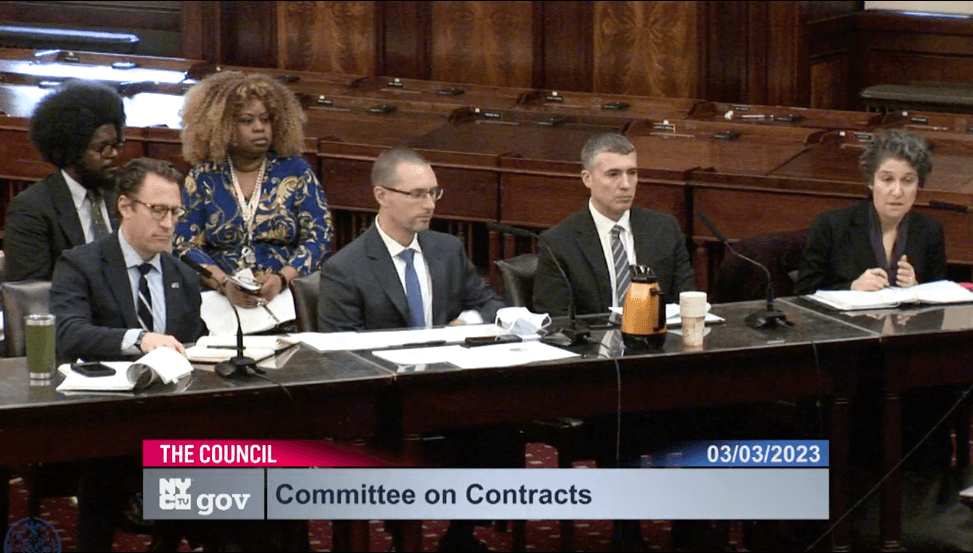
“This is an unprecedented emergency, it put incredible strain on the DHS system, which is why the administration opted to take really this whole government approach,” she added. “But when you are doing work in a strictly emergency basis, there are often cost implications because it is expensive to have to stand something up from scratch.”
While Iscol indicated he understood Won’s concern over the disparity, he said comparing the price tags for DHS emergency shelters and HERRCs is like comparing “apples and oranges.”
“Emergencies are going to cost more, there’s a lot of infrastructure that we have to put in place, they are distinct populations,” Iscol said.
Iscol also reiterated a plea for the federal and state governments to pitch in more financial assistance to the city, so it can keep up with the cost of the crisis, which the administration estimates will add up to roughly $4.2 billion between the current and next fiscal years.
“The city is at the end of its resources, this is not sustainable,” Iscol said. “That’s why we’ve asked the state, that’s why we’ve asked the federal government for support, because these types of operations are not sustainable during this unprecedented emergency and humanitarian crisis.”
The Federal Emergency Management Agency (FEMA) has given the city $8 million for handling the influx. And the five boroughs are also due to receive some portion of $800 million allocated by Congress late last year for cities that have received the most asylum seekers.
Through Governor Kathy Hochul’s Fiscal Year 2024 executive budget, unveiled in January, she proposed allocating $1 billion in aid to reimburse the city for the cost of sheltering migrants over the course of this and the next fiscal years.
But the federal and state aid combined hardly makes a dent in the city’s estimated tab, which has led the Adams administration to continue calling for more federal dollars and requesting that Hochul split at least 50% of the expense if the feds don’t chip in more soon.
Won agreed that the city needs more money from Washington and called on the governor to step up her contribution as well.
“It is not acceptable that our federal government has only provided $10 million, that is a drop in the bucket for how much we’re expected to spend in the billions,” she said. “And our state governor … she can’t just be our governor when it’s convenient. She has to be the governor of New York City, not just Westchester, Long Island and upstate New York, because she does not want to deal with the migrant crisis.”
